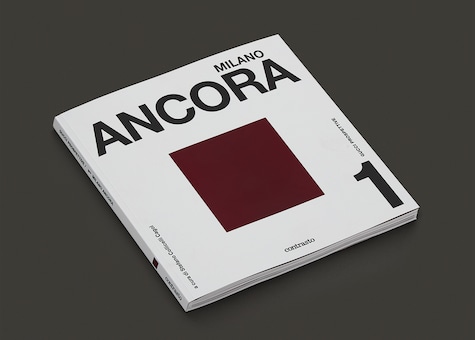Setting of the Cruise 2016 campaign, Chatsworth, had a greenhouse so large, Queen Victoria took in the sight of its thousands of plants from her horse and carriage.
For this piece, Messy Nessy Chic, an online magazine about nostalgic stories and surprising urban discoveries, looks into the stories behind some of England’s most eccentric estates.
To reawaken the dormant legacy of English eccentricity for Gucci’s 2017 Cruise campaign, creative director Alessandro Michele cast 79-year-old British acting legend and national treasure, Vanessa Redgrave, to adopt the role of a modern matriarch at the head of her ancient family seat. Dressed in English floral prints, cricket stripes and union jacks; bonding with her rebellious 21st century grandchildren–she is no fairytale figure, but rather a very accurate depiction of the late and great Duchess Deborah Devonshire, who helped raise her own supermodel granddaughter, Stella Tennant, on the grand family estate. Gucci’s ‘Duchess’ bridges the gap between past and the future generations of British heritage, delivering Alessandro Michele’s love letter to the nation that continues to inspire him.
When it comes to English eccentricity, there are several mysterious and intriguing estates worth discovering. There is of course, Calke Abbey, the time capsule of a devoted taxidermy collector, also known as the un-stately home and one of England’s most unusual and unparalleled cabinets of curiosity. Renishaw Hall may look like a very traditional English estate, but in the 1920s, it was the ancestral home of Dame Edith Sitwell, who wore gold turbans and bonded with Marilyn Monroe over Dylan Thomas’ poetry. The 6-foot-tall Dame hosted avant-garde dinner parties and performed poetry, reciting it rhythmically to music through a megaphone.
There is no estate however that holds as many stories as the one that became Gucci’s muse. Chatsworth in Derbyshire, is the glorious English estate the size of Washington D.C., that gave rise to the English Country House Party thanks to the “Bachelor Duke” of Devonshire, a great 19th century collector and traveler who loved to entertain. Guests invited to his 297-room home spent their days hunting, socialising and marveling at the world’s largest glasshouse commissioned by the Duke in 1837. He spent the equivalent of $4 million just on plant seeds and Chatsworth’s greenhouse was so enormous, visitors including the Queen could drive through it, admiring the exotic plants from the comfort of her carriage. The Great Conservatory was lost to World War I when English estates put all non-essential luxuries aside to help with the war effort.
Chatsworth would have its grand renaissance however, thanks to the Duchess who would transform the estate into one of Britain’s proudest attractions. When the 11th Duke of Devonshire married Deborah Mitford of the famed Mitford sisters, a group of celebrity aristocrats whose intriguing private lives fascinated British society, the new Duchess became the entrepreneurial force behind Chatsworth. She brought the 500-year-old estate into the 21st century adding shops, catering and a farmyard and adventure playground, as well as rejuvenating the garden and garnering an impressive collection of contemporary art. The Duchess dedicated her life to Chatsworth’s regeneration until her death in 2014. The lady of the house is widely considered as the last icon of England’s country-based social elite.










Link copied to clipboard.